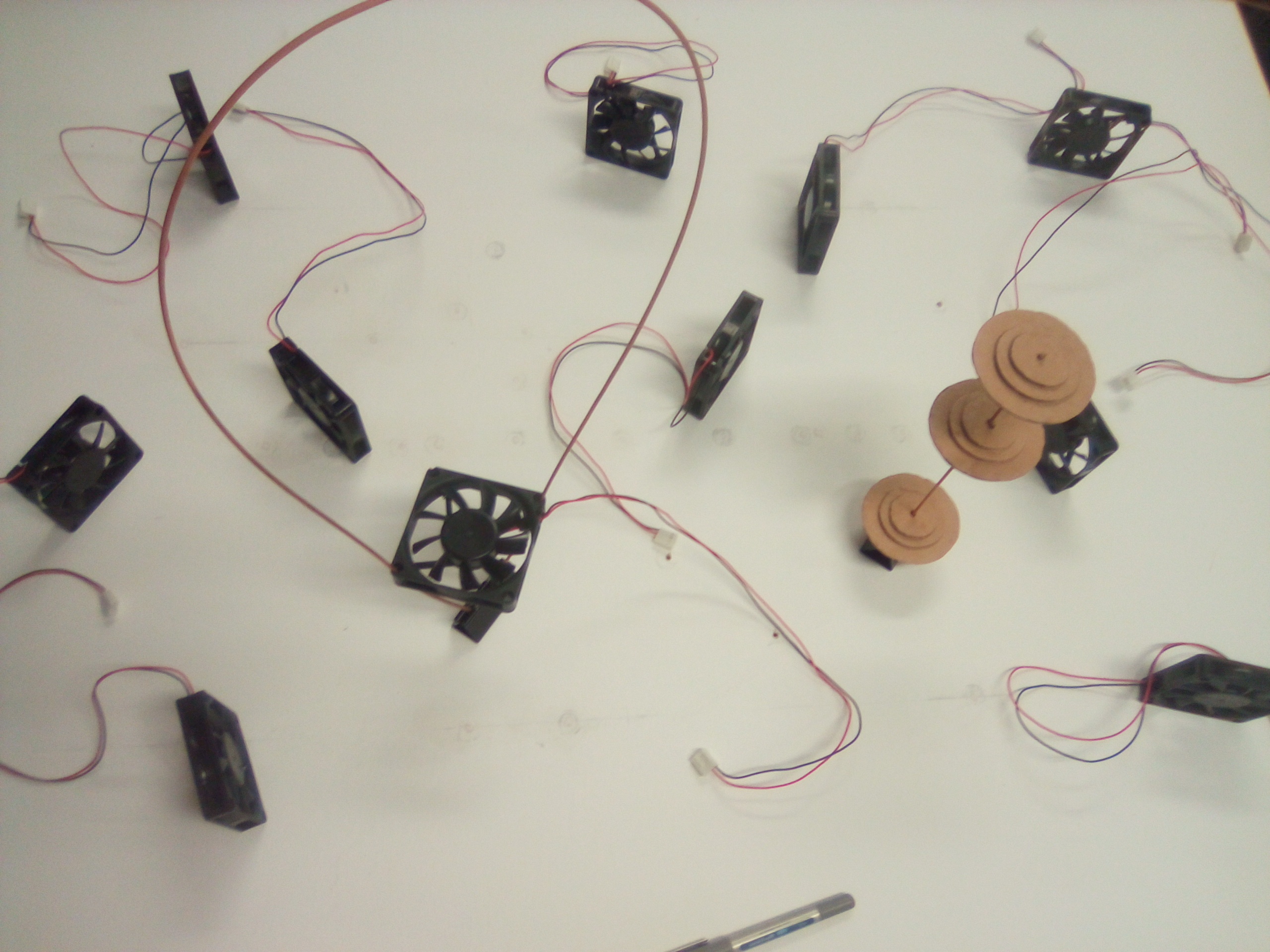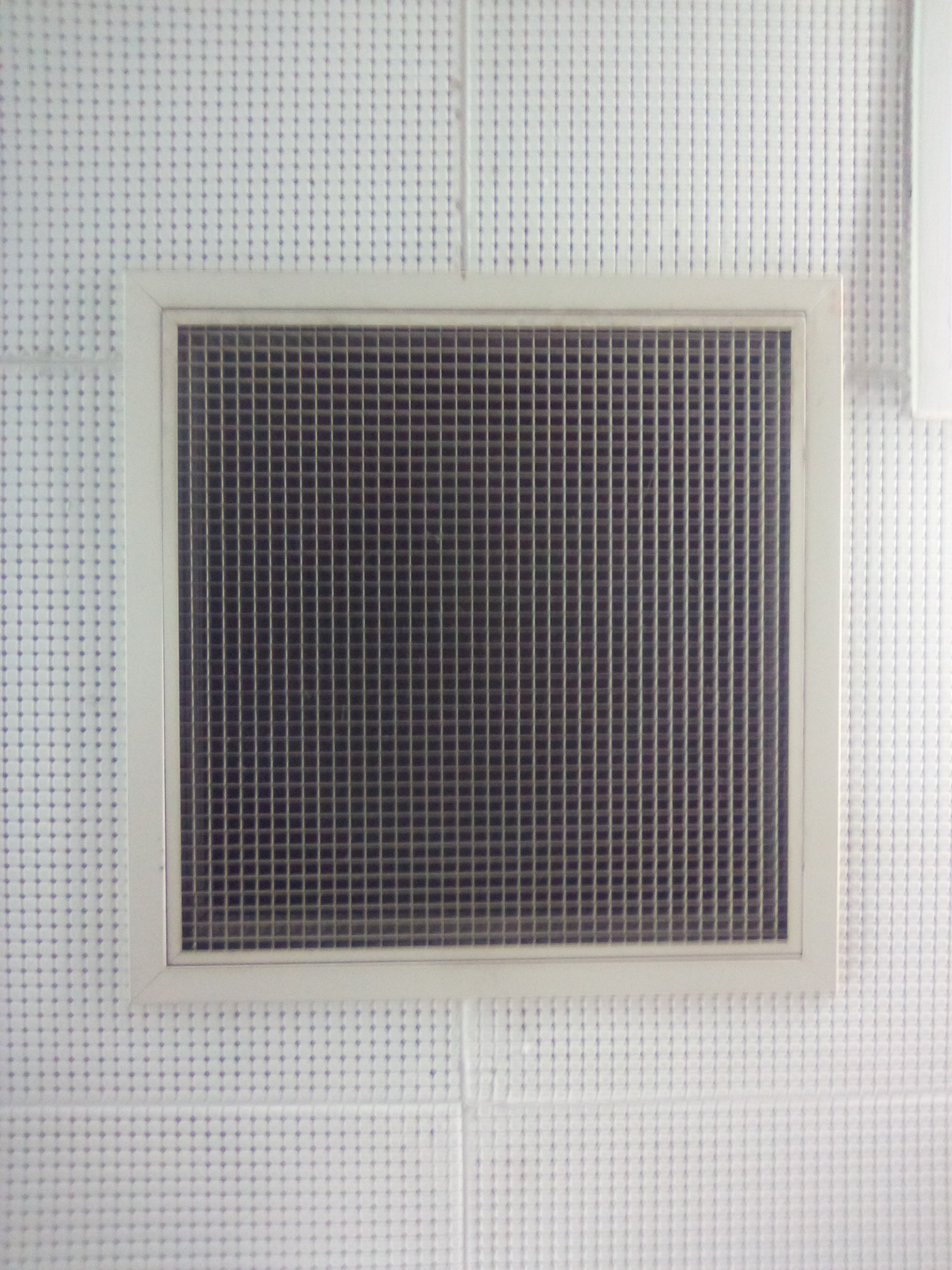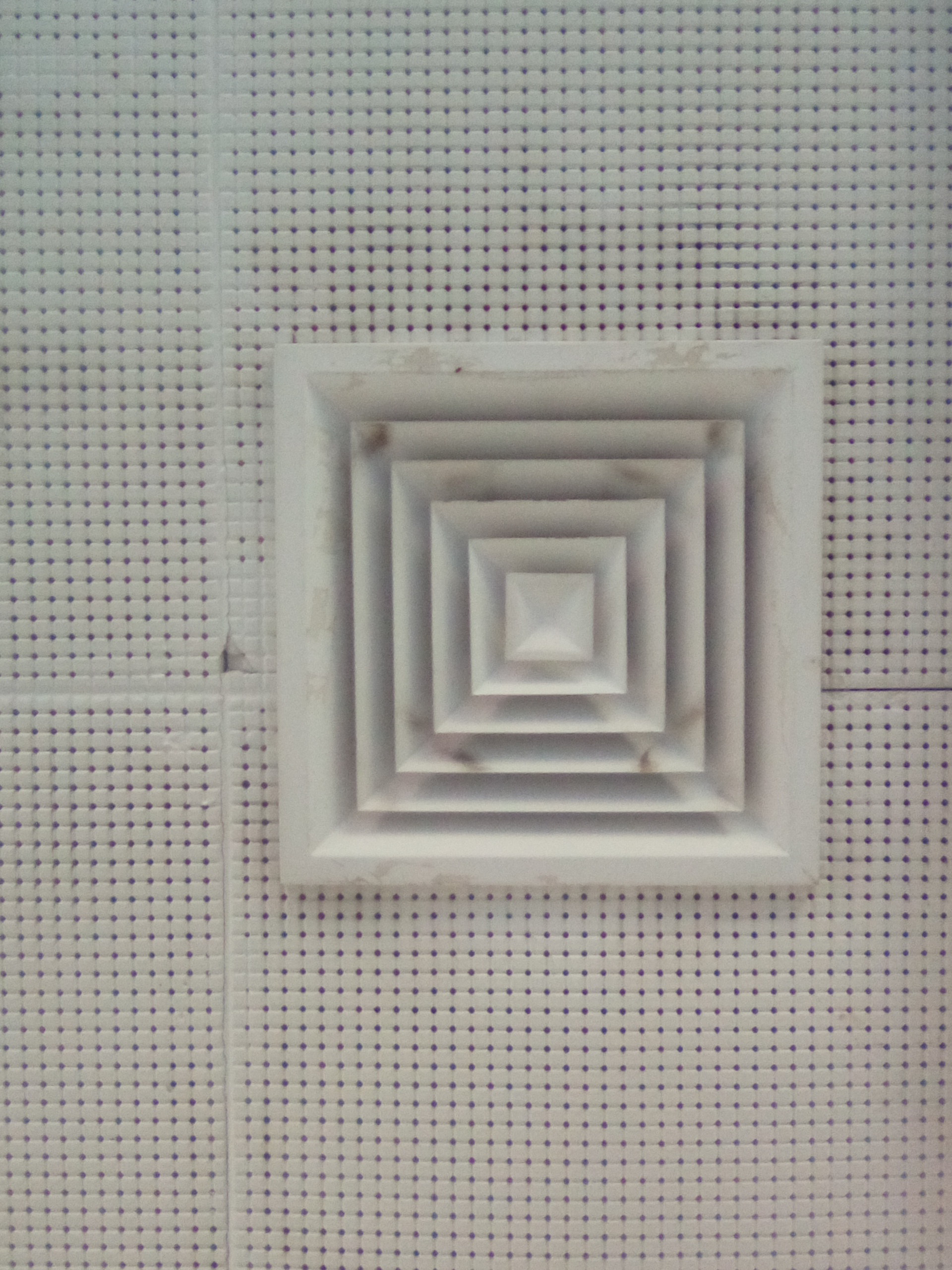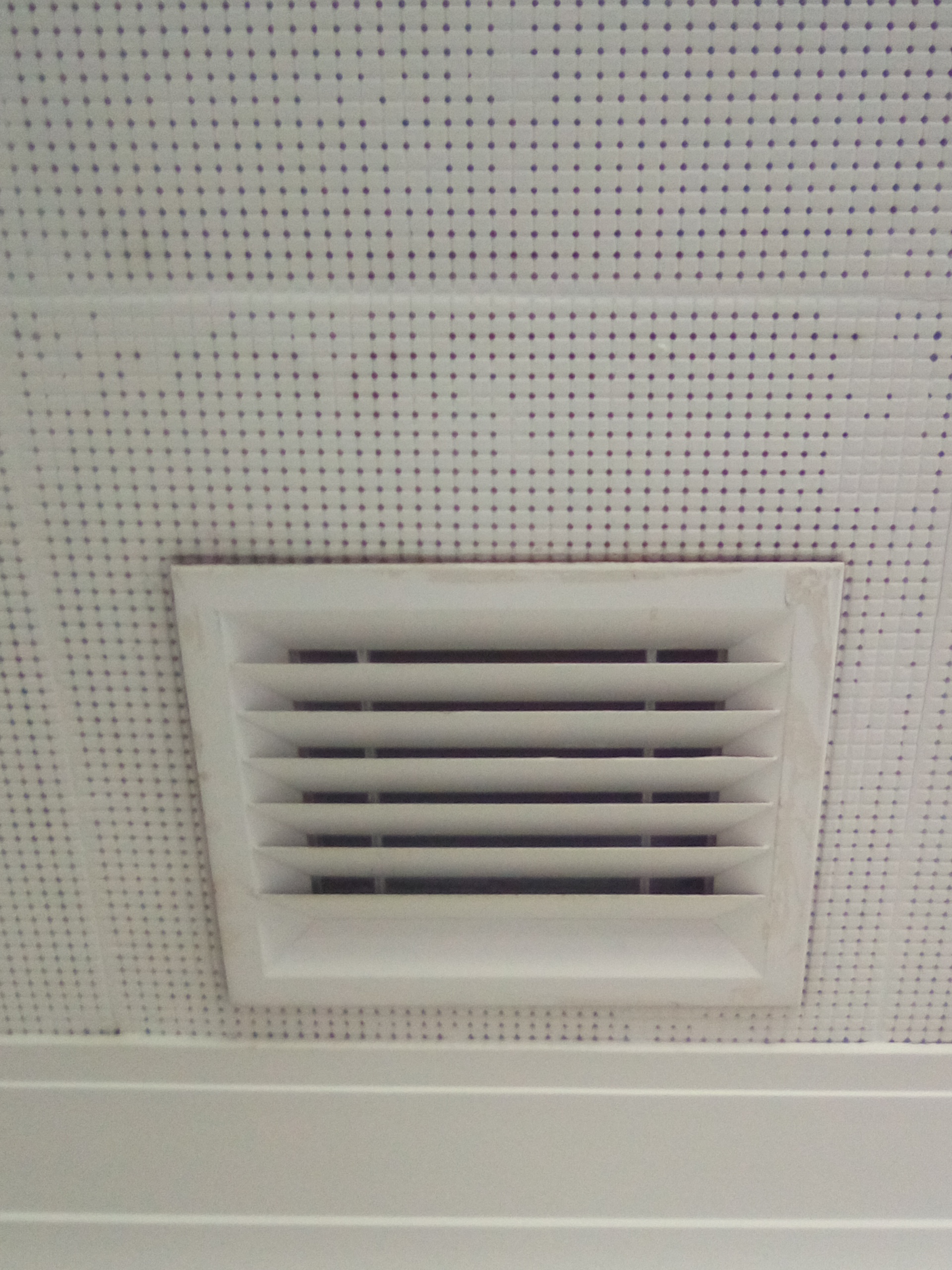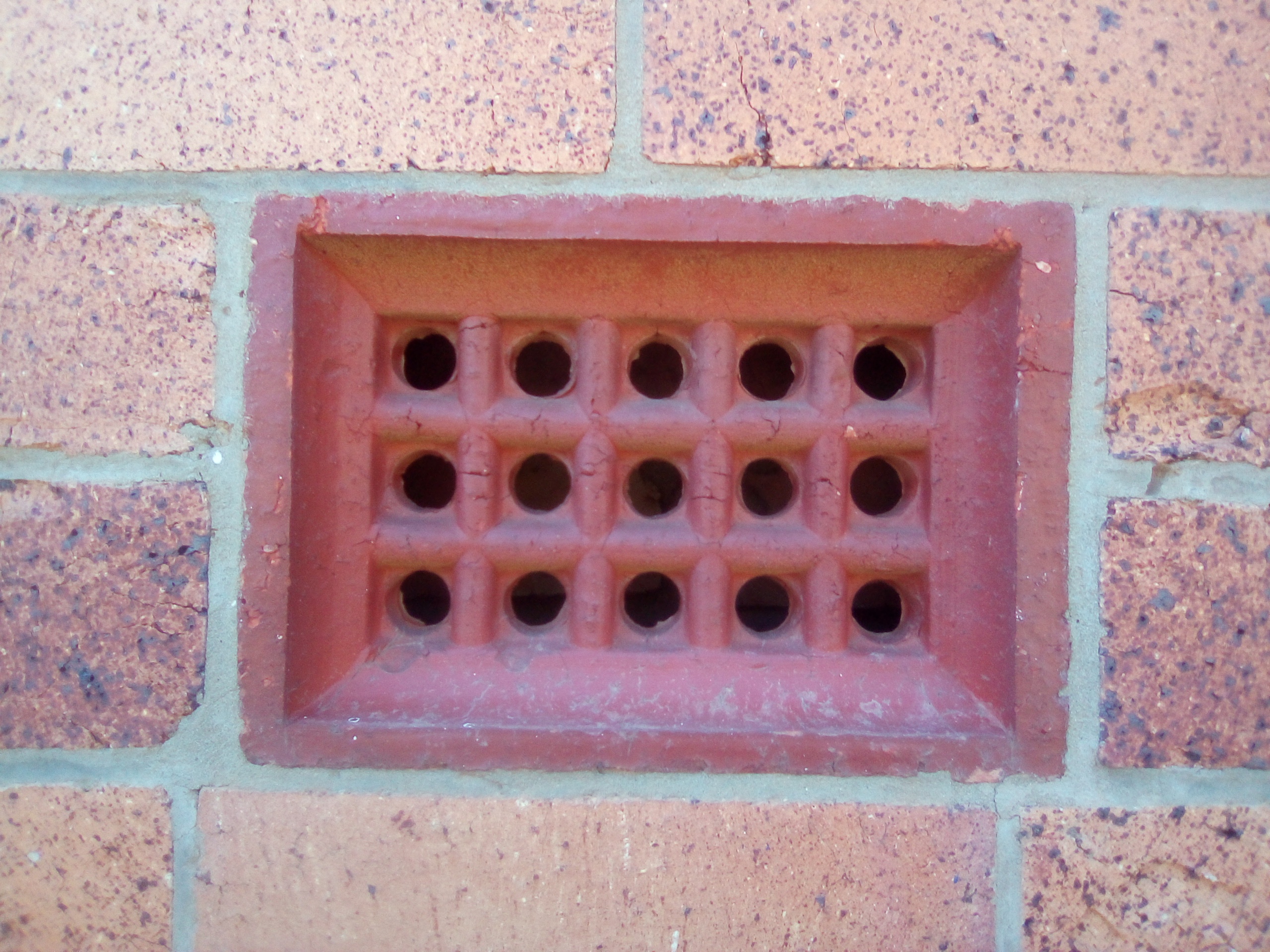Air can be sanitised with UV. 222nm
UV-C UV light is use to kill pathogens in the atmosphere- The safest and effective wavelength of light is 222nm.
A nanometer is equivalent to one billionth of a meter.

Most acrylic plastics will allow light of wavelength greater than 375 nm to pass through the material, but they will not allow UV-C wavelengths (100–290 nm) to pass through. Even very thin acrylic sheets of less than 5 millimeters (mm) do not let UV-C light penetrate.
You see this with the LED uv lights in Hand dryer, sanitising stations and installed in air-conditioning systems. This use of colour to sanitise is interesting and that is transcends the merely visual and have this ‘colour’ reach out to something more tangible and powerful.
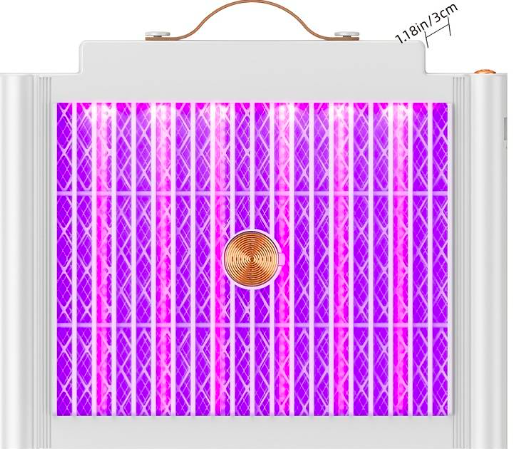
The UV also makes white ‘glow’ purple. So this colour of purple, deep blue, black light, is interesting in an aesthetic sense. If the inhaling bags are white with perhaps UV LED in side this would to give a ghostly, jelly appearance in darken space.
Ive read some papers talking about the effectiveness of the UV light bug zappers as a sanitiser. Some research suggests its just as effective against air board pathogens such a s SARS and COVID 19. There is also the idea that the UV-C, along with making Ozone gas, there could be other negative chemical reactions with other air-born particles, its suggested that perhaps from off-gassing painting or new furniture, UV-C could generate another compound.. As the nature of air and atmosphere is so ephemeral and constantly in flux, with a myriad of different combination of things that could be in a room., it seems very hard to test.
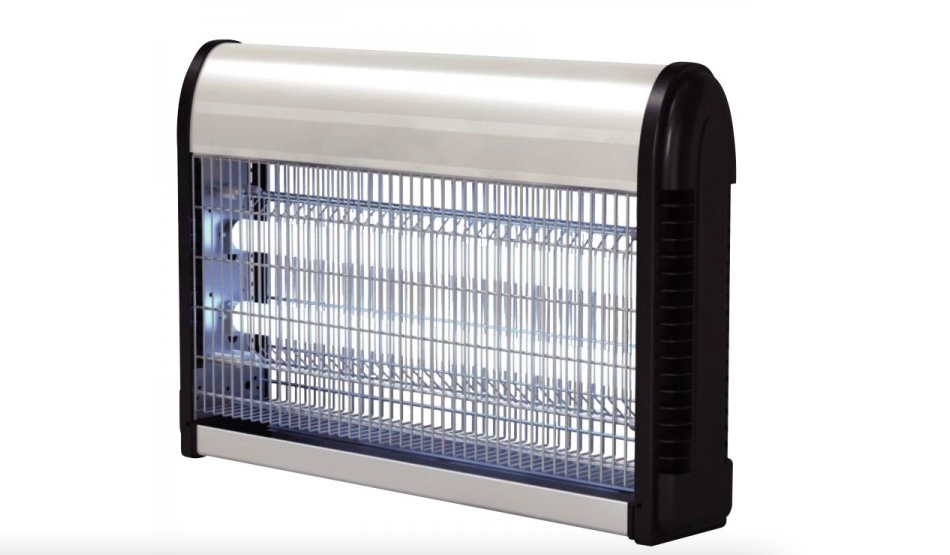
This old and well established technology was first successfully used in classrooms in the United States in the 1930s to lower the risk of airborne spread of measles22 — known as the most infectious disease until the Delta variant of SARS‐CoV‐2 surpassed it. This technology (UV‐C 254 nm) does not generate new pollutants in the air; is silent, robust (low maintenance) and low cost; has low energy requirements; and is already covered by international and Australian standards (AS/NZS IEC 62471:2011) as well as workplace safety standards.23 Its extension to far UV radiation (222 nm), which does not penetrate the skin, opens greater opportunities for use, and if utilised in shared spaces, it could be doing to air what is done to water — every drop of water we drink is disinfected.
Since 254 nm UVC harms exposed human tissues, it can only be used to sanitize empty rooms. But 222 nm UVC can be a promising disinfection system for occupied public spaces including hospitals where nosocomial infections are a possibility.
actions are based on the above – a focus on venation, circulate and sanitation.
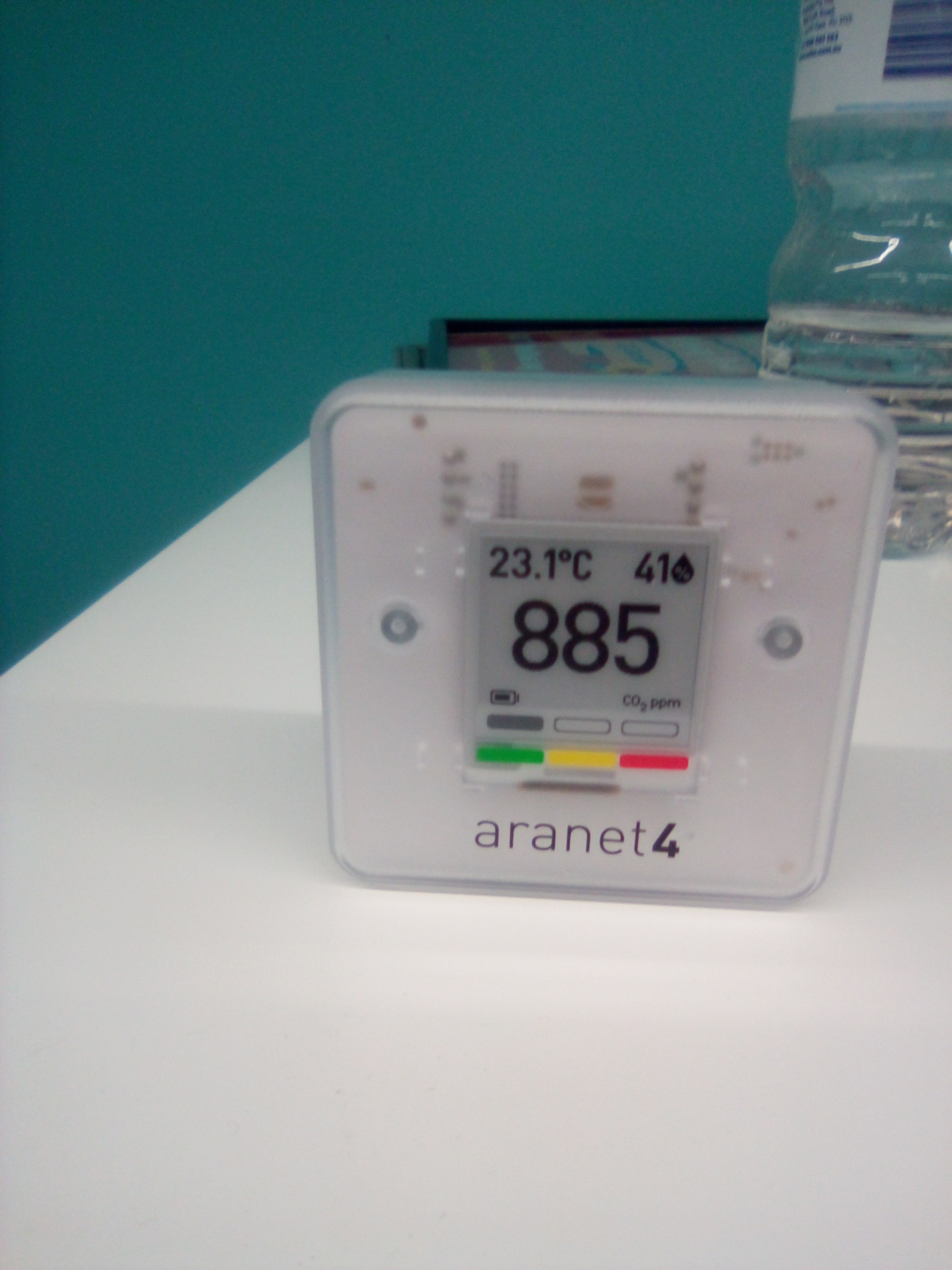

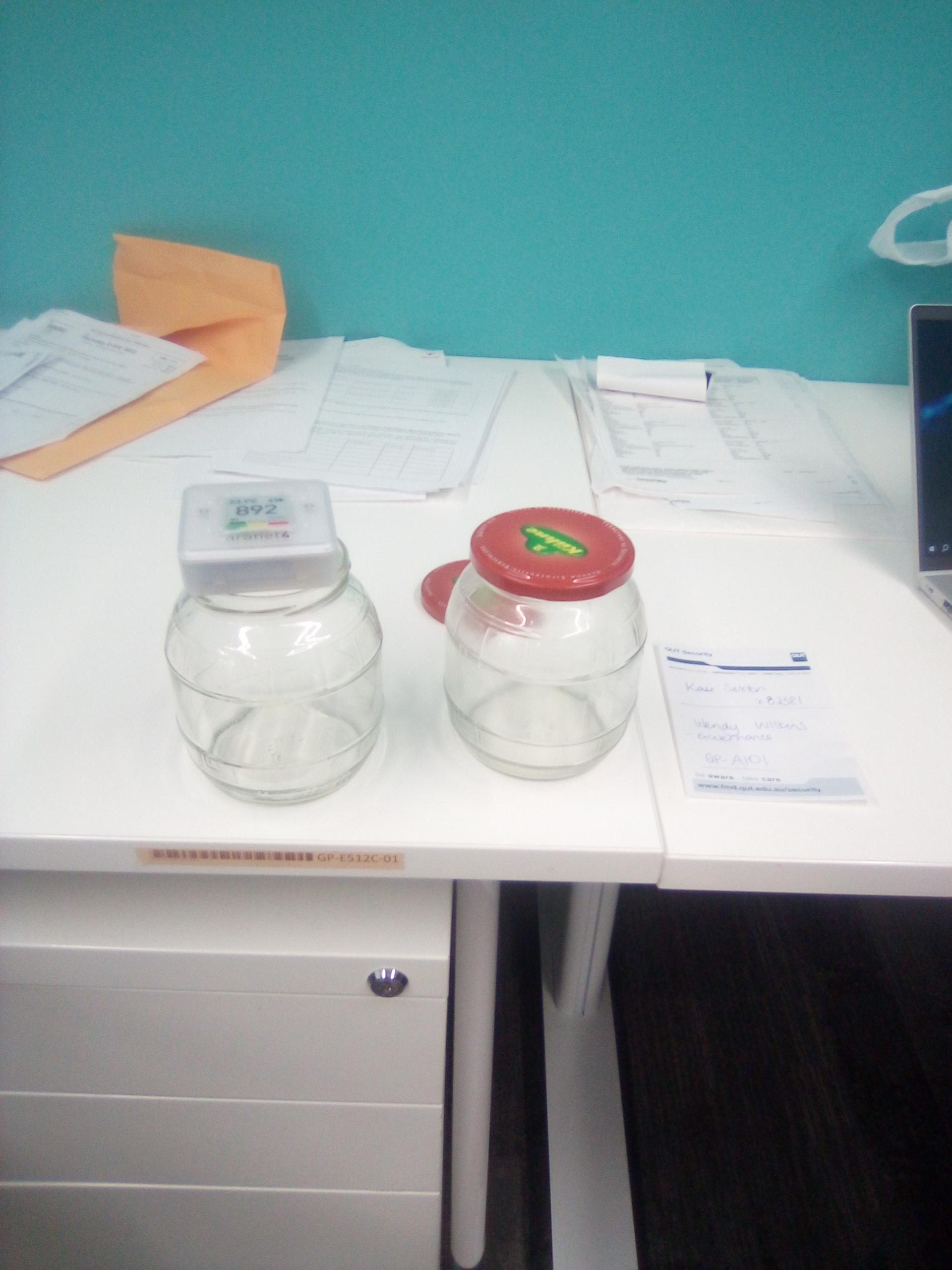
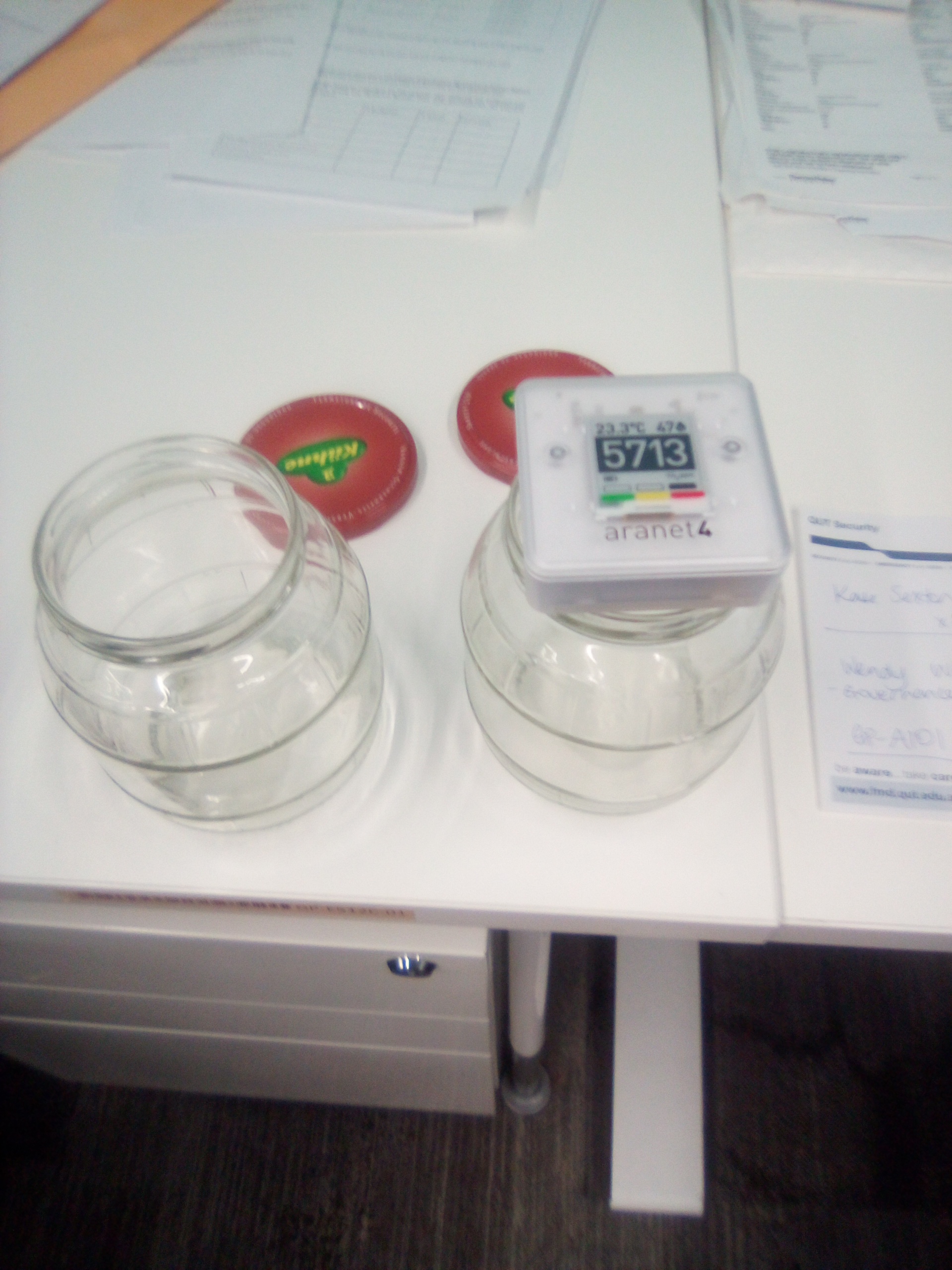
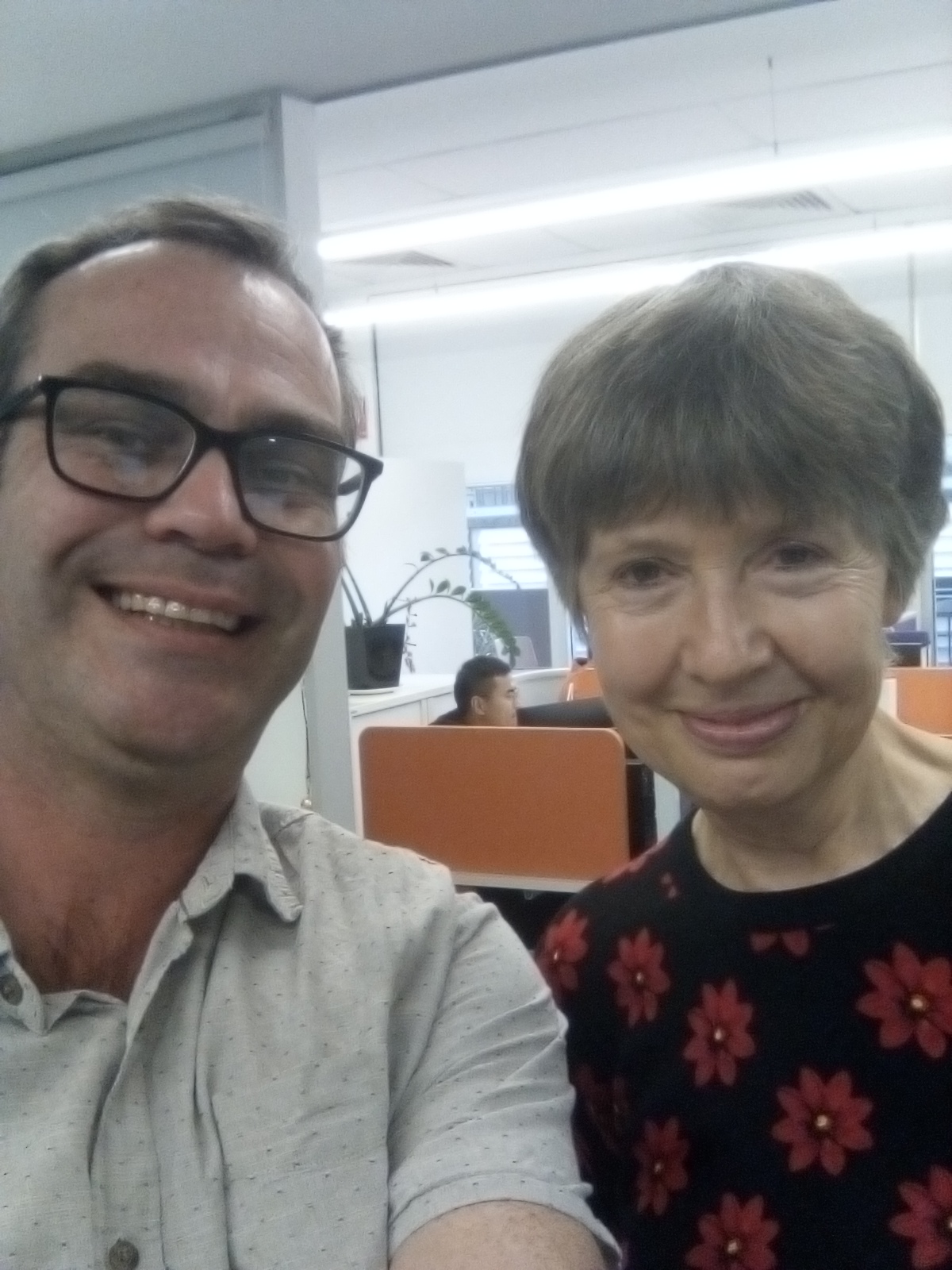



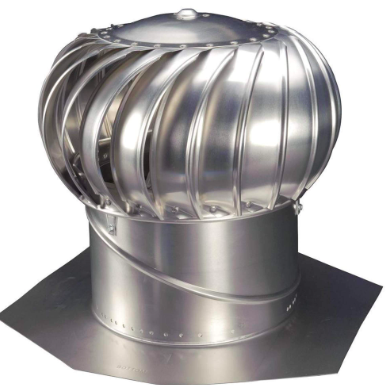
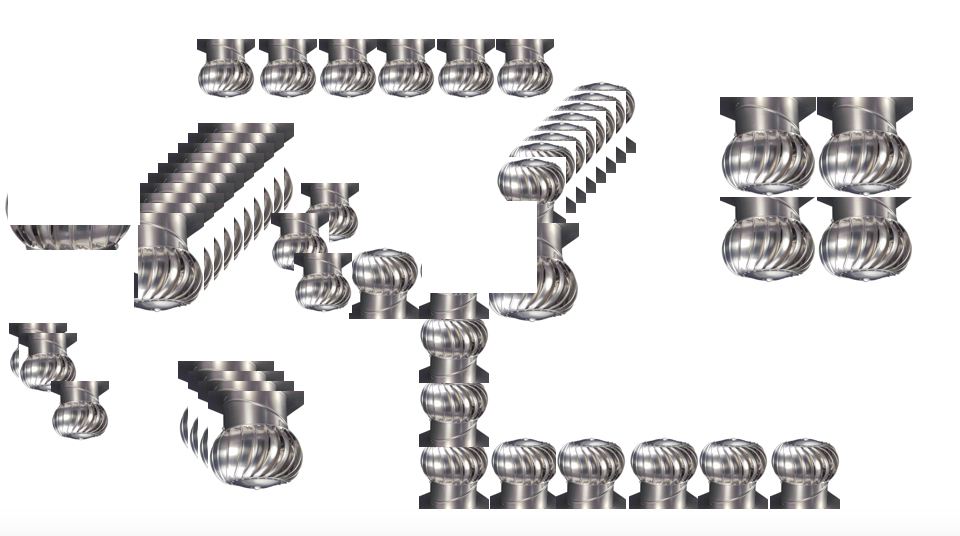
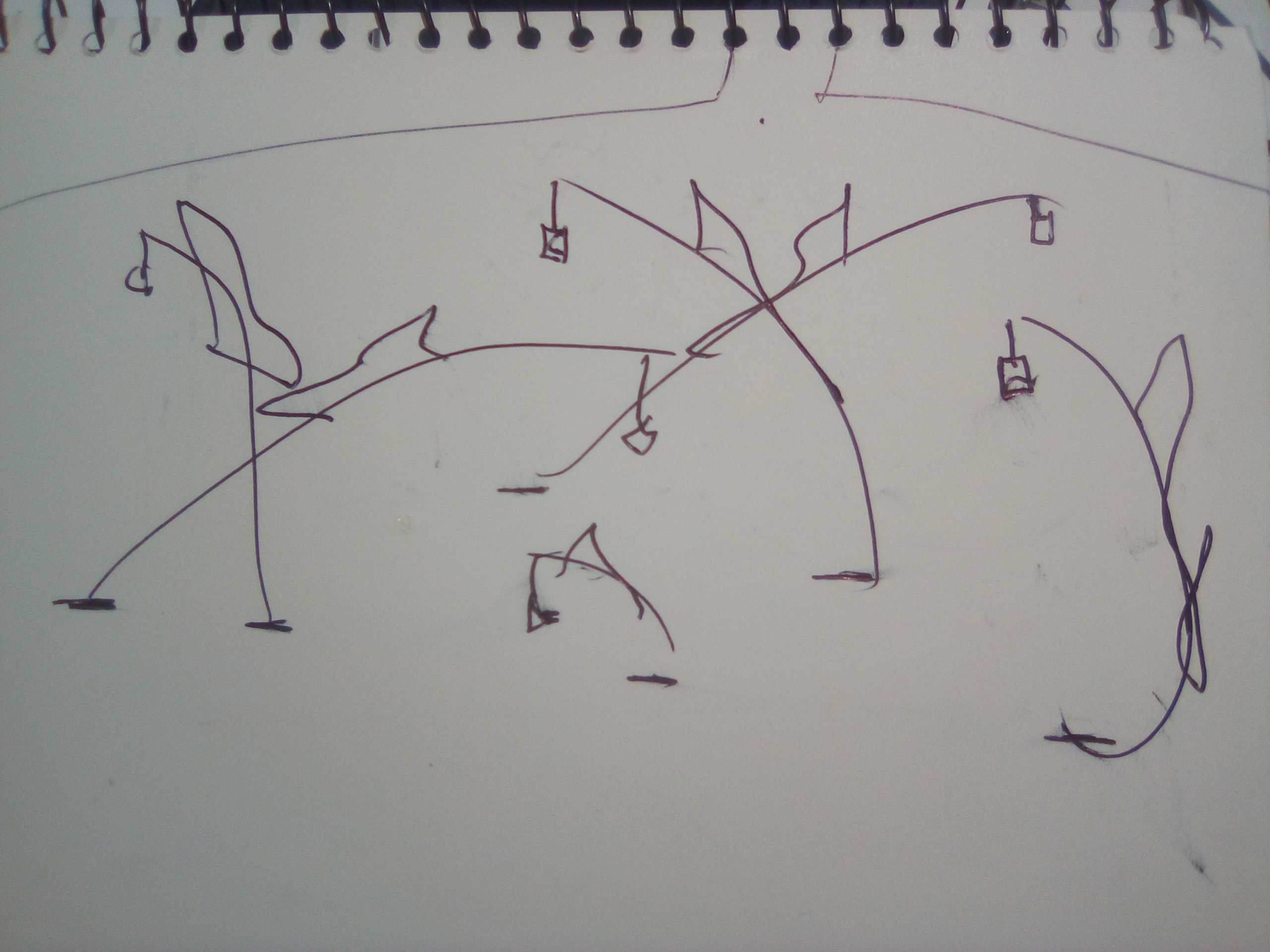
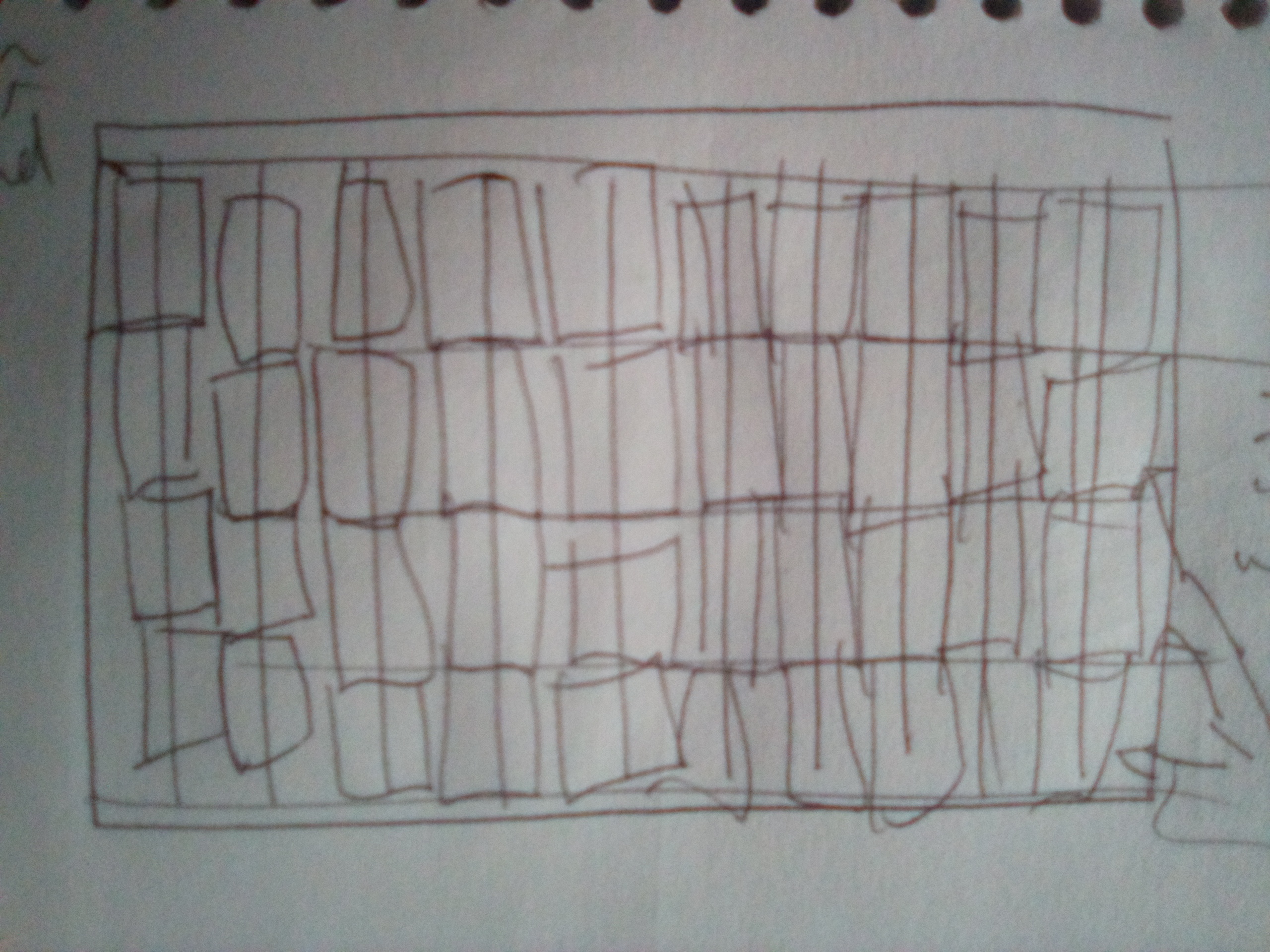 forms for ventilation-
forms for ventilation-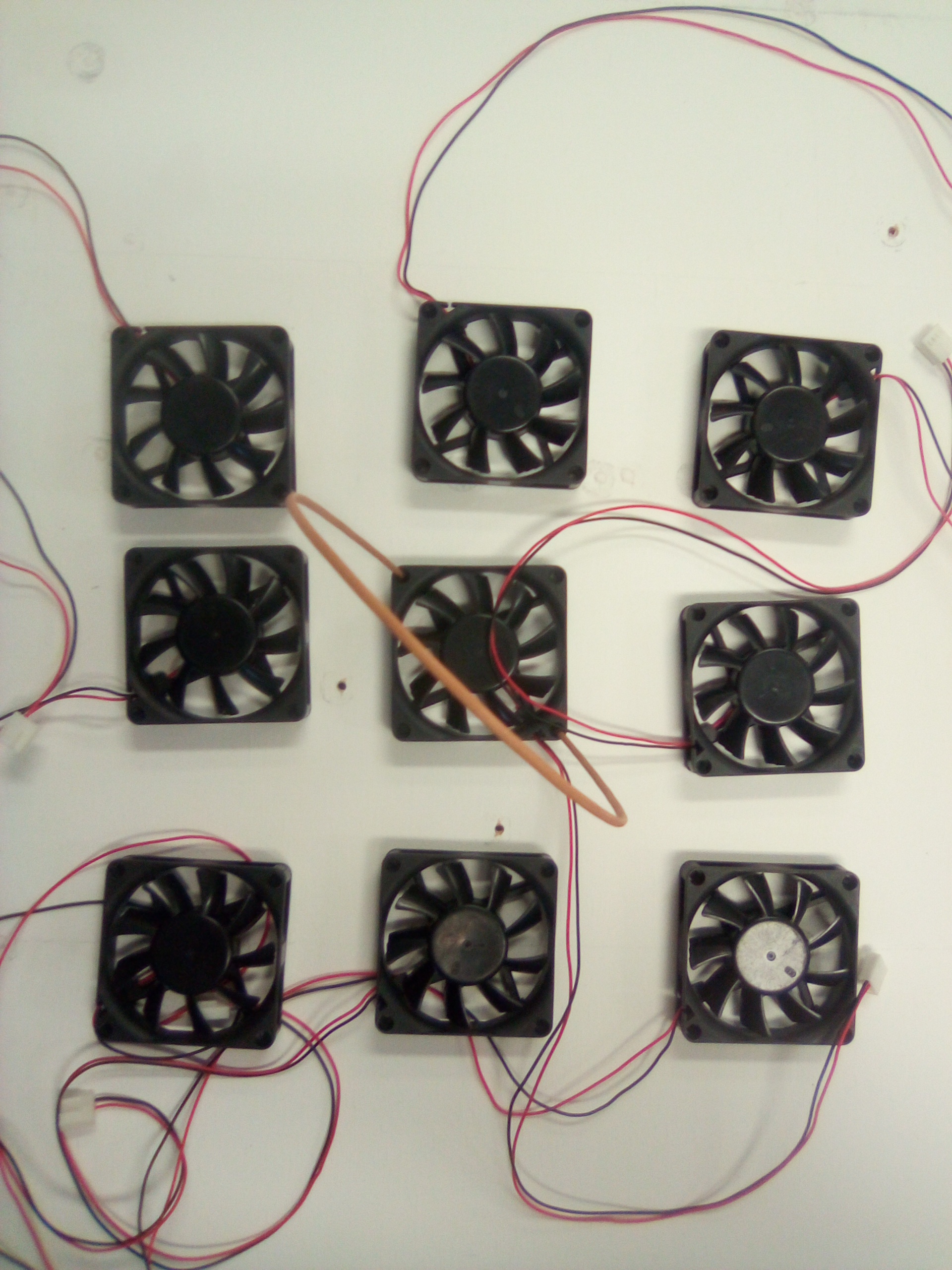
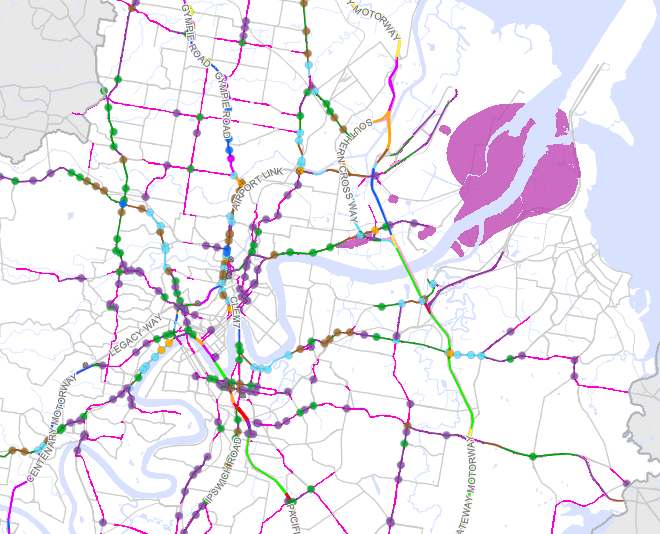 Air Quality Overlay – Brisbane City Council –
Air Quality Overlay – Brisbane City Council –